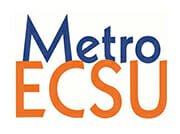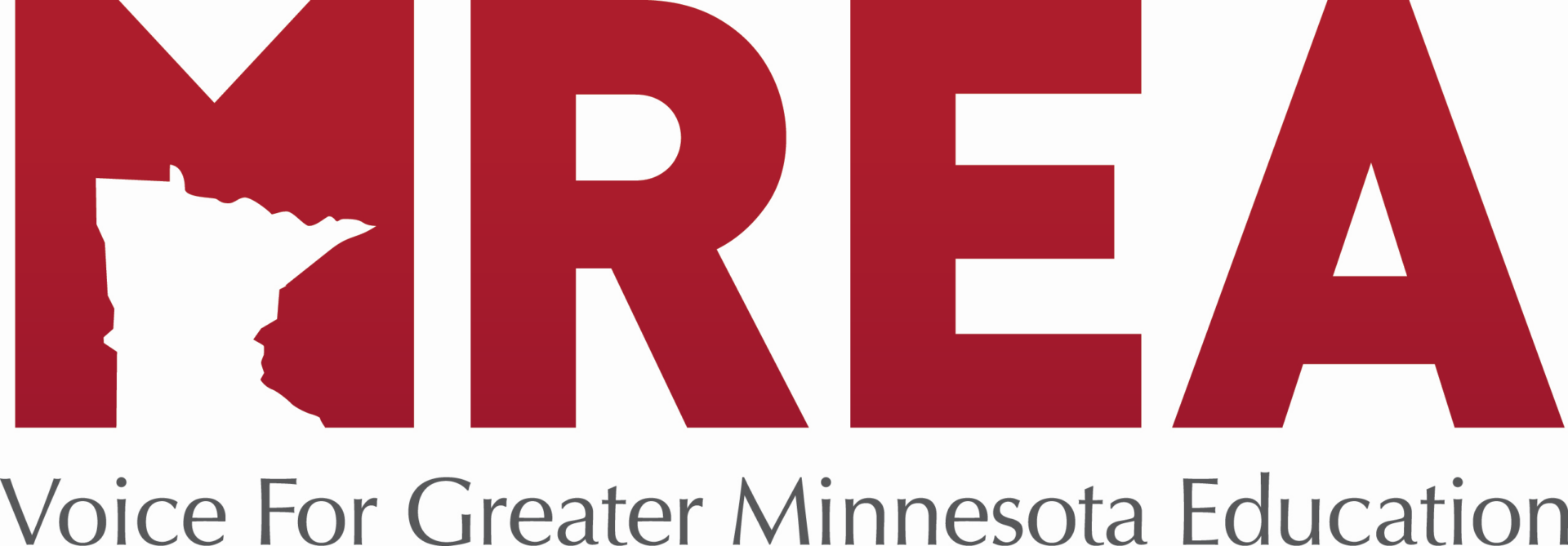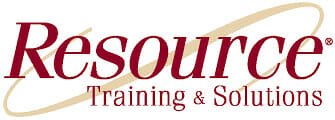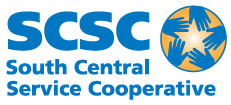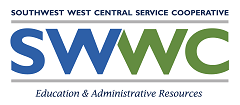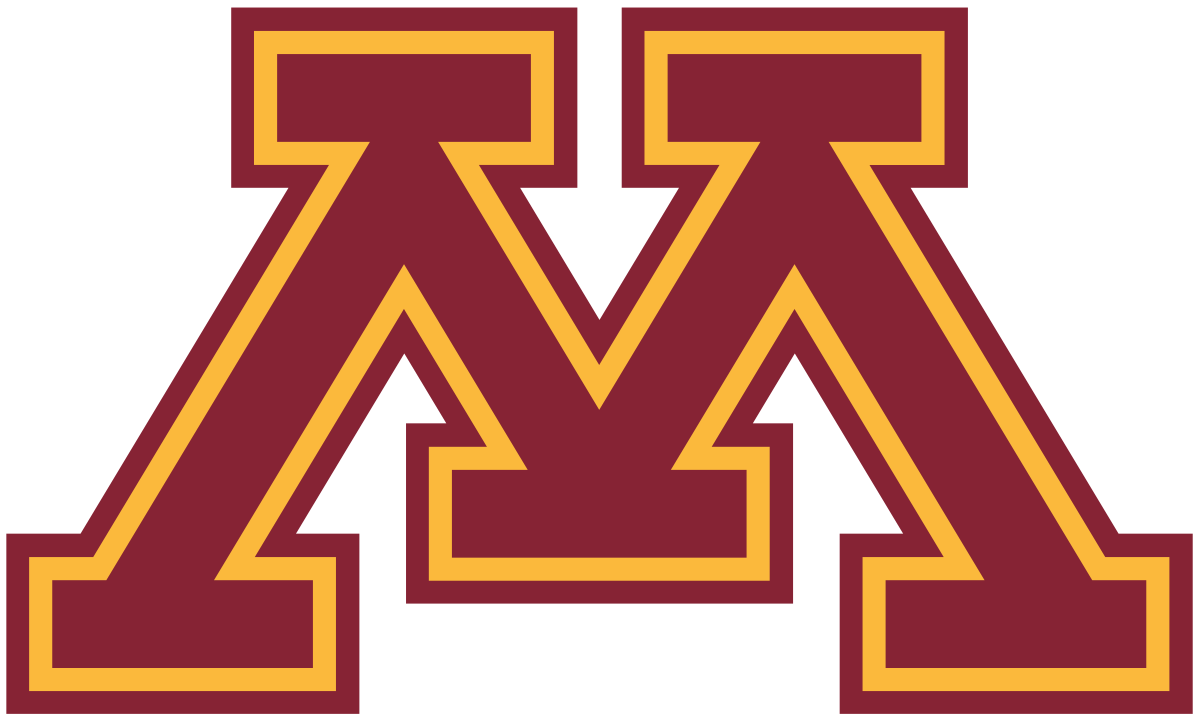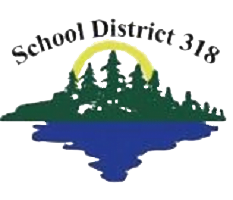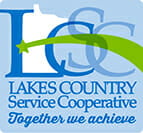Thank You to Everyone that Attended Our COVID Convos!
Check out our “Ready, Set, Resources” webinar series which highlights Biden’s Build Back America (BBA) plan and how to secure funding for your district.
Resources from Our COVID Convos
Resources from Our “Ready, Set, COVID” Webinars
Contact Information:
- Ami Aalgaard – Gene Dillion Elementary Principal Bemidji Area Schools
- Andrew Almos – Superintendent at East Central Schools
- Colleen Cardenuto – Director of Administrative Services at Bemidji Area Schools
- Neil Carlson – Certified Industrial Hygienist at the University of MN
- Matt Grose – Superintendent at ISD 318 (Grand Rapids)
- Tim Lutz – Superintendent at Bemidji Area Schools
- Fred Nolan – Consultant at ICS
- Shamus O’Meara – Legal Counsel at O’Meara, Leer, Wagner & Kohl, P.A.
- Pat Overom – Principal at ICS
- Arif Quraishi – Principal at ICS
- Todd Rapp – President and CEO at Rapp Strategies
- Jeff Schiltz – Principal at ICS
- Matt Schultz – Superintendent at Lanesboro Public Schools
- Brenda Spartz – Elementary School Principal Mora Public Schools
- Dan Voce – Superintendent at Mora Public Schools
- Chris Ziemer – Project Director at ICS
Educational Models/Delivery Resources
Communications
Public Health Concerns/Practices Resources
- World Meter
- COVID-19 Cases by County of Residence
- Full Legal Presentation from Shamus O’Meara
- MN Department of Health Decision Tree
Legal Resources
CDC-Related Resources
- CDC Communication Resources
- CDC Considerations for Schools
- CDC Interim Guidance for Administrators of K-12 Schools
- CDC Guide for Cleaning and Disinfecting
- CDC Make Your Plan to Clean and Disinfect
Cooperative Purchasing
Additional Resources
FAQs from Our July Webinars
A: Todd Rapp recommends the following six steps: 1) Organize a committee, 2) Develop key messages and key information that you want to share with stakeholders, 3) Create a clear list of items that you expect every school building to implement either before the start of school or right away when school begins, 4) select a spokesperson for the district and a couple back-ups, 5) write a calendar, and 6) identify benchmarks such as how will you evaluate your success..
A: Due to HIPAA regulations, you cannot mandate a survey to be taken. Instead, you need to allow those that are at risk for illness to feel comfortable in coming forward and notifying your district regarding their individual situation.
A: Yes, it is expected that guidance will change. We will provide updated information as that happens.
A: Additional resources include: 1) Risk Factors for COVID-19, 2) MDH COVID Guidance, 3) CDC Guidance for School Administrators Confirmed Case, 4) Mask and Respirator CDC JAMA Guidance, 5) CDC DIY Cloth Coverings, and 6) U of MN Guidance on Cloth Face Coverings
It is not 50% of enrollment, it is 50% of occupancy. I will bet 10 students are under 50% occupancy so you may in the hybrid model be able to bring all students in every day. That is an A cycle within all the other requirements of a hybrid model. Please refer to the MN fire marshall document for guidance in calculating actual occupancies and allowable capacities within the various spaces in your building.
Yes, please visit this link for more information on the building calculator and maximum capacity: https://dps.mn.gov/divisions/sfm/Documents/School-occupant-loads-COVID.pdf
In general, we would recommend maximizing the use of any other spaces within your facility that are equipped with some form of mechanical ventilation as guidance indicates that rooms with no means of mechanical ventilation should be avoided. Opening windows and the use of fans is not recommended. The use of Portable air filtration units could also be explored as a last resort.
Where possible, utilize electric water coolers that have the bottle fill feature and disable the drinking fountain portion. Per Neil Carlson, if you are able to safely turn off your hand dryers, it is recommended to do so to avoid spreading aerosols. Drinking fountains can be used to fill water bottles, but you will need to explain clear instructions for the fountains and provide a handwashing or sanitizing option for the user after they fill their bottle.
Fred Nolan suggested that this will have to be decided in collaboration with your food service staff and transportation department. There is potential to send lunches/pre-packaged food/lunch items with students home with them or buses to transport the food on full distance learning days.
Per current building code, drinking fountains are required. However, we do not have clear direction from the Minnesota Deptartment of Labor & Industry – Construction Codes & Licensing Division on this issue yet. The recommendation would be to utilize the bottle fill feature only on those electric water coolers that have both drinking fountain and bottle fill features. In this case, the bottle fill feature would meet the code requirement. This modification would require a plumber to make the required changes.
Yes, please visit this link to see an example of a recruiting email.
Yes, visit this link to see an example of Aaron’s parent survey.
Bemidji’s answer: Our Special Education Director is working on the SPED program and developing plans for ongoing services, paperwork, due process, etc. Feel free to email me at Tim_Lutz@isd31.net for more details.
Bemidji’s answer: Bemidji only has 13 students who are classified as ELL, and we do have our ELL teacher/coordinator providing services to those students. ost of our ELL students are in the same building. For those few in a couple of other buildings, we are considering Google Meet. Gene Dillon Elementary will be looking to rotate our specialists through our homerooms, 1 week at a time, throughout the school year. This is very much in its infancy and needs to be explored further to establish this idea as part of our 2020-21 daily schedule.
Mora’s answer: We will share our tools. We are pushing out our communication with staff and parents as we go. The specific plans will push out after completion. We will share what you need. Brenda Spartz has all the tools and will share them. Feel free to email me at bpartz@moraschools.org.
Mora’s answer: We are having our District Nurse work through the health recommendations for taking temperatures.
Mora’s answer: We are planning on leaning on our guidance department to help our schools with the SEL piece.
Bemidji’s answer: We will have a supportive team of mental health professionals available to our staff and students. At Gene Dillon, as an example, we have a school counselor, school social worker & school psychologist. We are very fortunate.
FAQs from Our June Webinars
A: Yes, there are several filter alternatives are available for handling units and other ventilation system components. MERV-13 or MERV-14 filters have been referenced by ASHRAE in many COVID-related documents as good alternatives to be considered. Please keep in mind that increasing filter efficiency can also increase the static pressure within the system, which can, in turn, create additional issues related to overall system operation. We strongly encourage facility owners to seek assistance from a qualified Engineer or HVAC professional prior to implementing system modifications. The primary goal is to over-ventilate normally occupied spaces in an effort to dilute airborne contaminants.
A: No, by code, NFPA will likely not accept permanent plexiglass shields or partitions. In our presentation, we referenced considering the use of temporary partitions or shields similar to what we have seen at transaction counters and other areas where social distancing is not possible. Code officials should be consulted for any such improvements if you have a question related to whether or not the improvement is okay from a code-compliance standpoint.
A: UVC requires a clean surface to disinfect. UVC works best if it’s used after initial cleaning. Use UVC Wavelength 254 nm and the room cannot be occupied.
A: N95 masks have charged particles for the interior layers. Surgical masks do not. They are designed to prevent droplets from getting on patients from the healthcare provider and do not have a good face fit.
A: The MDH should have the ability to put that together, and the best way to gather what you need might be in partnership with your county’s public health department: https://www.health.state.mn.us/diseases/coronavirus/situation.html
A: MREA has some great guidelines on busing: http://www.mreavoice.org/bus-safety-considerations-for-return-to-school/. Our team is also hosting a transportation webinar on Tuesday, July 21. Visit https://www.ics-builds.com/reopening-schools/ for more information.
A: Sourcewell has put together a list of suppliers. This is also referenced on our website at https://www.ics-builds.com/reopening-schools/.
A: Yes, we will address these items during our facilities webinar on Tuesday, July 21. Visit https://www.ics-builds.com/reopening-schools/ for more information.
A: Yes, however, please visit this link for more information: http://sustainablemycology.blogspot.com/2020/06/use-of-face-shields-to-protect-against.html and https://safe-campus.umn.edu/return-campus/face-coverings-faqs See note on accommodation.
A: Service cooperatives will need to develop specific policies for staff that will need to follow MDE and MDH guidance.
A: Visit this link for more information: https://sustainablemycology.blogspot.com/2020/04/uvc-light-disinfection-of-n-95-face.html and http://sustainablemycology.blogspot.com/2020/04/uv-c-disinfection-of-hospital-rooms.html
A: In our presentation, we noted that districts may want to consider temporarily discontinuing the use of drinking fountains/bottle fillers that are not touchless in order to minimize any risk of cross-contamination.
A: We have not found in-depth information or specific documentation on how best to protect electronics during COVID-19 disinfection and cleaning efforts. Several equipment supplies and manufacturers supply protective covers for larger electronics such as desktops, copy machines, etc. that will likely provide some level of protection during disinfection depending on your cleaning methods.
A: N95 masks have charged particles for the interior layers. Surgical masks do not. They are designed to prevent droplets from getting on patients from the healthcare provider and do not have a good face fit.
A: For more information, please reach out to Shamus O’Meara at spomeara@olwklaw.com.
A: For an example of an emergency resolution, please reach out to Shamus O’Meara at spomeara@olwklaw.com.
